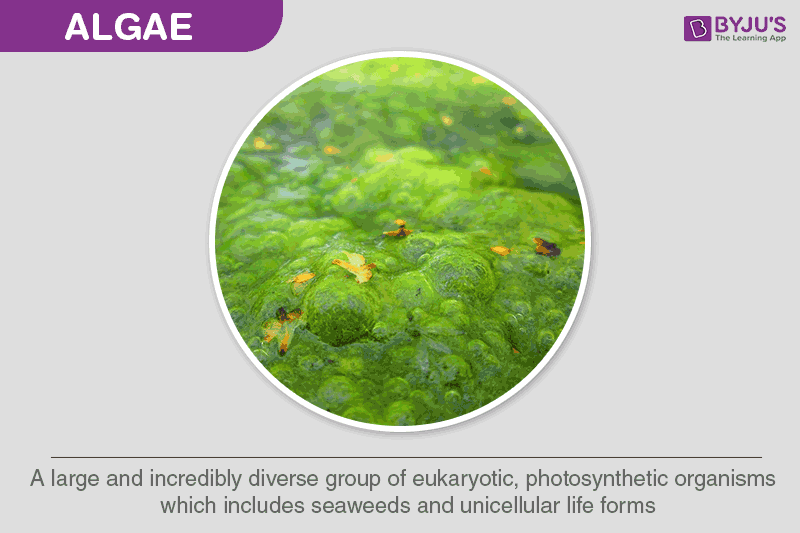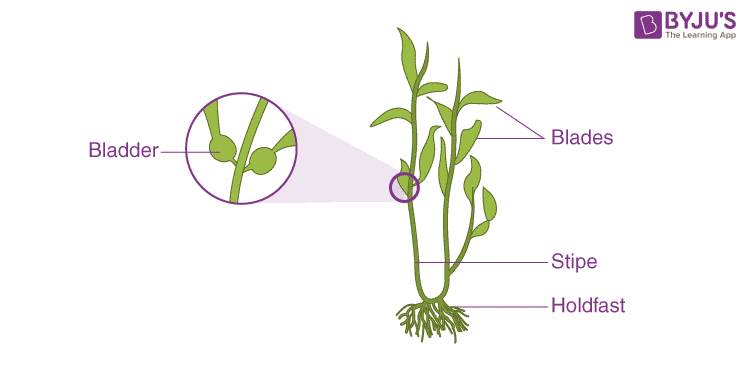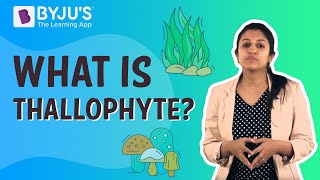Seaweeds comprise plant-like macroscopic algae. Both algae and seaweeds are classified under polyphyletic grouping. These polyphyletic organisms do not share common ancestors with other species.
Algae
Algae is a term that depicts a vast variety of photosynthetic and eukaryotic life forms. They can be either unicellular or multicellular and are found in various water forms. Also, they are of different colours and sizes.
Their unique characteristics include the following-
- The presence of chlorophyll is the most significant feature of algae.
- They lack roots, leaves and other definite organs of a vascular plant.
- Lack of cell covering around reproductive cells.
- They survive only in moist environments. They can be found in oceans, brackish water, rivers, lakes and ponds.
- They can also reproduce by both sexual and asexual means.

Also see: Red Algae
Seaweed
Seaweeds are a type of macro-algae. They include a variety of multicellular marine green plants. They comprise lifeforms of different shapes and colours.
In addition, they play a pivotal role in the marine ecosystem. They provide habitat and nourishment to some marine life forms. They also play a role in capturing carbon and producing oxygen in the water body.
Example – Kelp

Differences between Algae and Seaweed
| Algae | Seaweed |
| They are simple photosynthetic eukaryotes that can be both multicellular as well as unicellular. | They are a type of algae that grow only in the marine ecosystem. Also, they are macroscopic. |
| Red algae, diatoms, dinoflagellates, green algae, and brown algae come under this category. | The macroalgae or seaweed is a multicellular form of marine algae. |
| They can grow in any aquatic form, such as ocean, river, pond and lake. | They are marine organisms that are found only in the sea. |
| The number of algal species is more than seaweeds. | The collective number of seaweed species is lesser compared to algae. |
| Examples – Spirogyra, Volvox, Chlorella, etc. | Examples – Codium fragile, Kelp, Eucheuma, etc. |
Visit BYJU’S Biology for more interesting topics.
Frequently Asked Questions
How are algae and seaweed related?
Both seaweed and algae are photosynthetic aquatic organisms. They do not have definite organs of a vascular plant. The algae are chlorophyll-containing organisms that are classified under the plant kingdom. Still, algae and seaweed do not possess any vascular organs like other plants.
What are blue-green algae?
Blue-green algae do not come under algae. They are a group of bacteria known as cyanobacteria. Also, they are prokaryotes, unlike algae which are eukaryotes.
Extended Reading: Blue-green algae
What are diatoms?
Diatoms are unicellular algae. Their outer covering is made of silica and is found in most aquatic environments. They also form a significant group of microalgae.

Also Read: Algae and Algal Bloom
Comments